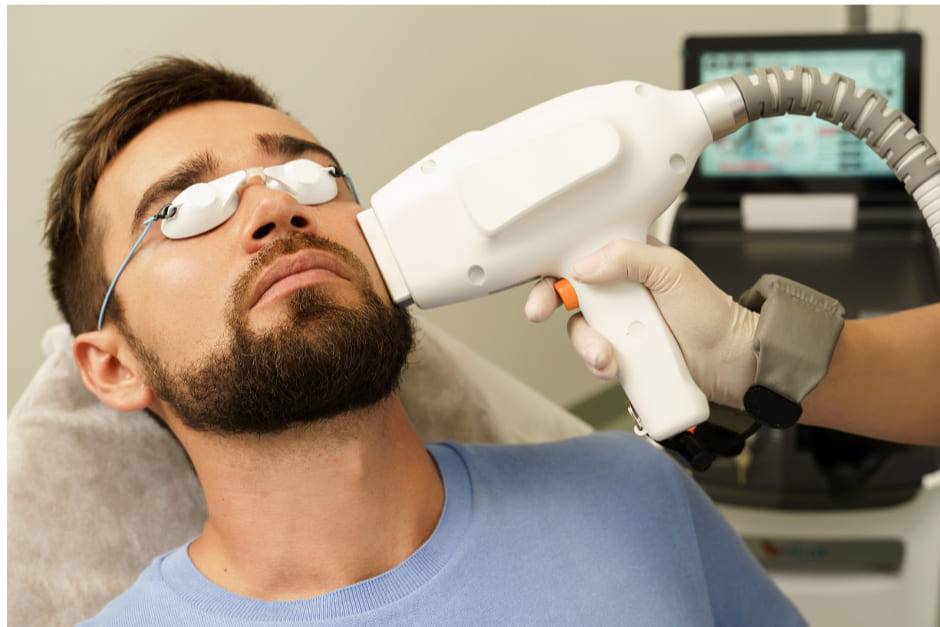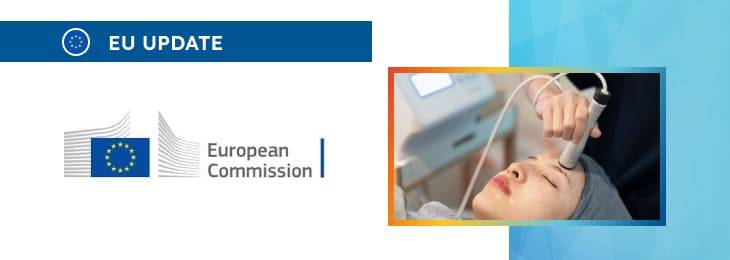The article provides a general overview of the regulatory concepts associated with demonstrating substantial equivalence for specific products intended to be marketed and used in the EU.

Table of content
The Medical Device Coordination Group (MDCG), a voluntary association of national regulating authorities in medical devices, has published a guidance document dedicated to the demonstration of equivalence for Annex XVI products.
In particular, the document explains certain regulatory provisions of the Regulation (EU) 2017/745 – the Medical Device Regulation (MDR), which is a basis for the new European regulatory framework for medical devices.
The document provides an overview of the applicable regulatory requirements, as well as additional clarifications and recommendations to be taken into consideration by medical device manufacturers and other parties involved to ensure compliance with them.
At the same time, provisions of the guidance are non-binding in their legal nature, nor are they intended to introduce new rules or impose new obligations.
Moreover, the MDCG reserves the right to change the guidance and recommendations provided therein, should such changes be reasonably necessary to reflect corresponding amendments to the underlying legislation.
Introduction and Regulatory Background
The Medical Device Regulation (EU) 2017/745 introduces a framework that allows the utilization of clinical data from an equivalent device in the clinical evaluation process necessary for a device’s conformity assessment to reduce the regulatory burden for the parties involved.
While direct clinical investigations still represent the primary method for generating data on the safety and performance of medical devices for CE marking purposes, the MDR establishes the legal framework for using clinical data from an equivalent device, provided equivalence can be adequately demonstrated according to specific MDR criteria.
This approach is further clarified by the Commission Implementing Regulation (EU) 2022/2346, which establishes standard specifications for non-medical products listed in Annex XVI to the MDR, indicating that demonstrating equivalence between medical devices and non-medical products is generally not feasible when all clinical investigation results pertain solely to medical devices.
The MDCG 2020-5 guidance document titled “Clinical Evaluation – Equivalence” extends its applicability to non-medical products outlined in Annex XVI of the MDR, aiming to clarify the regulatory landscape before and after introducing these standard specifications.

Scope of the Document
The scope of this guidance document covers, among other things, the demonstration of equivalence based on data from an existing device for CE-marking under the MDR.
It explicitly addresses products without an intended medical purpose, as listed in Annex XVI of the MDR and subject to the standard specifications.
For devices serving dual purposes (both medical and non-medical), the guidance applies only to their non-medical aspects, highlighting the document’s relevance in conjunction with the MDCG 2020-5 on equivalence.
Demonstrating Equivalence Across Product Categories
The document further describes the critical aspects of demonstrating equivalence for the products subject to regulation under Annex XVI of the MDR. This includes among other things, the following matters:
- Equivalence Between Non-medical Products
Adherence to the MDR’s established criteria covering technical, biological, and clinical characteristics is expected for manufacturers aiming to demonstrate equivalence between two non-medical products.
The distinction lies in adapting clinical characteristics criteria, considering their relevance to the medical purpose of the product in question, thus requiring careful evaluation of product features to establish equivalence.
- Challenges in Comparing Non-medical Products and Medical Devices
The document mentions that any direct comparison between medical devices and non-medical products is challenging due to discrepancies in clinical characteristics, such as the applicability of “similar severity and stage of disease” criteria.
This mismatch makes the demonstration of equivalence between these categories unfeasible. - Equivalence Between Non-medical Products and Dual-purpose Devices According to the guidance, equivalence can be more readily demonstrated between non-medical products and dual-purpose devices by focusing on characteristics pertinent to the non-medical aspect. If equivalence is established, clinical data related to the dual-purpose device’s non-medical functions can be leveraged to evaluate the non-medical product, emphasizing the selective applicability of general safety and performance requirements.
Conclusion
In summary, the regulatory framework established by the MDR and further developed by subsequent guidance documents presents a complex landscape for the demonstration of equivalence in the context of clinical evaluations.
This framework could be incredibly efficient when considering products without an intended medical purpose, where the aspects of demonstrating equivalence require a thorough understanding of the MDR’s criteria and the specific challenges posed by non-medical and dual-purpose devices.
By following these regulatory requirements, manufacturers can effectively leverage existing clinical data to support the conformity assessment of their products, however, taking into consideration the relevant limitations outlined by the MDR and associated guidance documents.
How Can RegDesk Help?
RegDesk is a holistic Regulatory Information Management System that provides medical device and pharma companies with regulatory intelligence for over 120 markets worldwide. It can help you prepare and publish global applications, manage standards, run change assessments, and obtain real-time alerts on regulatory changes through a centralized platform. Our clients also have access to our network of over 4000 compliance experts worldwide to obtain verification on critical questions. Global expansion has never been this simple.

